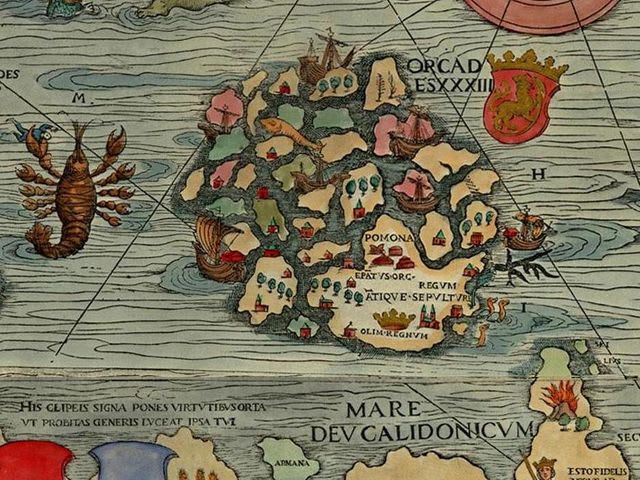
Why did nothing change when change was called for? The bishops from around the world who attended Vatican II voted yes for all of its documents, but once back on home soil, many simply ignored them, that's why. Instead, after 400 years without a council of reform, the kinds of changes the people had expected from this council lay yet in Rome, drying in wet ink there and largely ignored here. Whatever changes the people had wanted from the 1962-65 Second Vatican Council were, it seemed, formless, silent, lost in the bustle of a busy church frozen in a medieval mind. They were clearly meant to dispense with the church of the Middle Ages, to bring the church into the modern world rooted in Scripture and the model of Jesus.īut as the ocean liner that brought so many of the American Catholic hierarchy back from Rome disembarked, the New York press corps, snapping pictures and shouting questions, suffered one bishop after another shrugging their questions off. The Vatican documents of 1965 oozed theological life. In the meantime, all the changes to be seen were basically meaningless ones. The last time the church said it was going to make changes was in 1965. 79–86.The word synodality has been around a year or so now and people are still asking what it really means - for them, of course. Journal of Coastal Research, special issue 17, pp. Solar-climatic cycles in the 4190-year Lake Saki mud layer thickness record. Xanthakis, J., Liritzis, I., and Poulakos, C., 1995. Stroudsberg: Hutchinson & Ross (Benchmark 68). 10 000 Jahre Gletchergeschichte der Erde.

Encyclopedia of European and Asian Regional Geology. Moores, E., and Fairbridge, R W., (eds.), 1997.


In Rampino, M.R., et al., eds., Climate: history, periodicity, antd predictability. Long-range forecasts of solar, cycles and climate change. The role of the deep ocean in North Atlantic climate change between 70 and 130 kyr ago. Climate of northern Sweden during the Holocene. New Haven, CT: Yale University Press, (reprinted 1977 Hamden, CT: Archon Books). Annals of the New York Academy of Sciences, 95(1): 710–717. Some correlations of climate and cultural change in eastern American prehistory. Holocene marine coastal evolution of the United States. Solar variations, climatic change, and related geophysical problems.

New York: Basic Books.įairbridge, R.W., (ed.), 1961. Climatic changes, Norsemen and modern man. Influence of solar activity on atmospheric circulation types. In Moerner, N.-A., and Karlen, W., eds., Climatic Changes on a Yearly to Millennial Basis. Mechanism for linking solar activity to weather-scale effects, climatic changes and glaciations in the northern hemisphere. Holocene fluvial cycles in the Rhine delta? Journal of Coastal Research, special issue 17, pp. Holocene movements of land and sea-level in the coastal areas of the Netherlands. (Translation in Leatherman, S.P., ed., Overwash Processes: Benchmark, vol. Deutsches Geographiches Verhandlung, 31: 233–237. Relative sea-level changes in northwest floods in the Netherlands in recorded time.


 0 kommentar(er)
0 kommentar(er)
